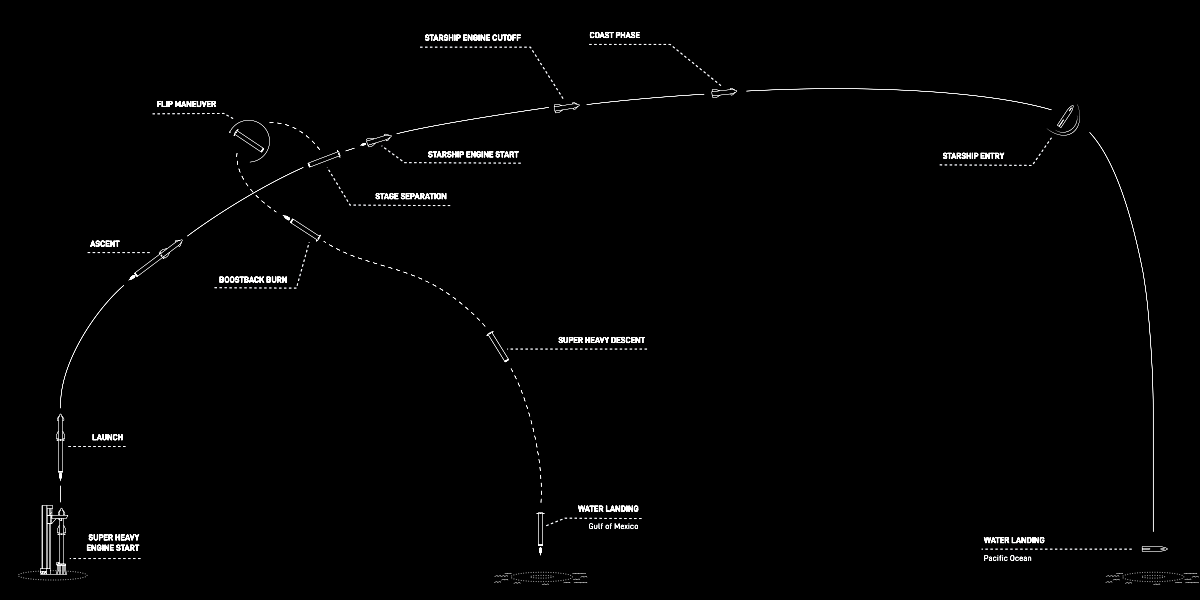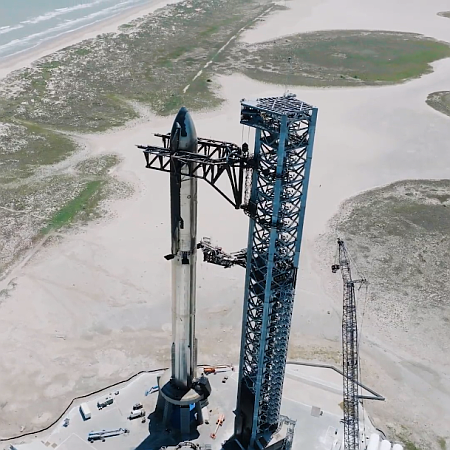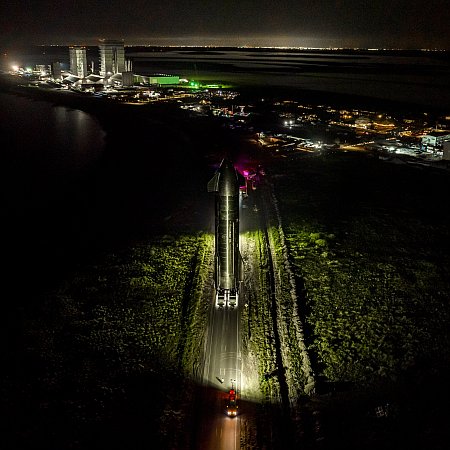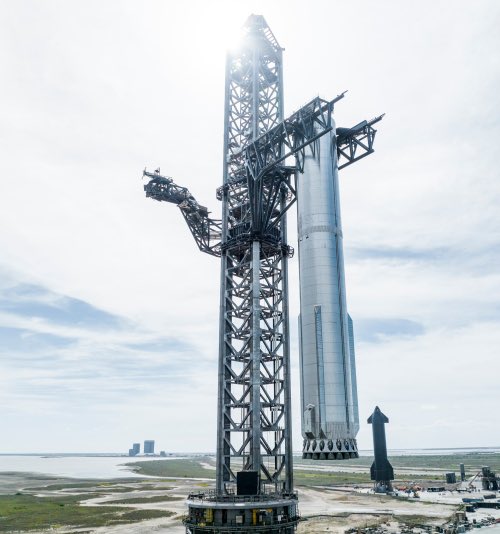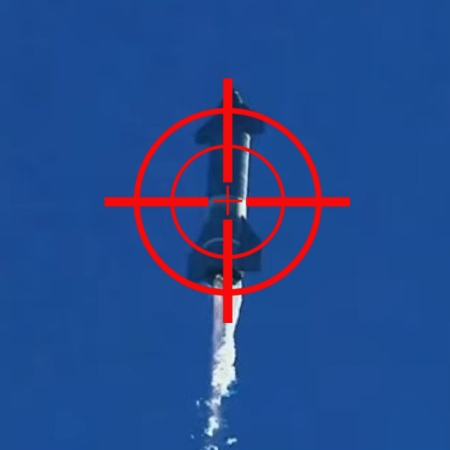Environmental groups file another complaint attempting to stop SpaceX launches at Boca Chica
In what is now becoming a routine process of harassment, several environmental groups have filed another complaint against the FAA and Fish & Wildlife for eventually issuing a second launch license to SpaceX, permitting it to do its mid-November second orbital test launch of its Starship/Superheavy rocket from Boca Chica, Texas.
In the supplemental complaint, the groups — Center for Biological Diversity, American Bird Conservancy, Carrizo/Comecrudo Nation of Texas, Inc., Save RGV and Surfrider Foundation — allege the FAA failed to properly analyze the environmental impacts of the first Starship launch before issuing a revised license for the second launch that took place Nov. 18.
That new licensing process included an environmental review by the U.S. Fish and Wildlife Service (FWS) regarding a pad deluge system that SpaceX installed on the pad to prevent damage like that the pad suffered during the first launch. The FWS concluded that the deluge system would produce no significant environmental changes.
The environmental groups argue that both FAA and FWS fell short of what was required under the National Environmental Policy Act (NEPA) to review the environmental impacts of Starship launches. The FAA, it stated in the complaint, “once again failed to take the requisite ‘hard look’ at the impacts of the Starship/Superheavy launch program through a supplemental NEPA analysis.”
Let me translate what this complaint really says, and I can do it only a few words: “Your review didn’t come to the conclusions we want — which is to block all work by SpaceX — so that we can do what we want!” Both the American Bird Conservancy and the Surfrider Foundation simply want unlimited access to the region for their own recreation, while the Center of Biological Diversity is only interested in stopping all human development anywhere — until it can settle its frequent lawsuits against the government and pocket its payoff.
As for Carrizo/Comecrudo Nation of Texas and Save RGV, both are bogus organizations. The first is for a almost non-existent Indian tribe that never even lived in this area (they were based in Mexico), and the second claims it represents the people of the south Texas region who want SpaceX’s work stopped. Since almost everyone in Brownsville and throughout the region is celebrating the new prosperity brought to them by SpaceX, it is essentially a front group for the Marxist environmental movement that hates all prosperity. It doesn’t represent anyone really in south Texas.
As before, this complaint will have to be fought, wasting time and money.
In what is now becoming a routine process of harassment, several environmental groups have filed another complaint against the FAA and Fish & Wildlife for eventually issuing a second launch license to SpaceX, permitting it to do its mid-November second orbital test launch of its Starship/Superheavy rocket from Boca Chica, Texas.
In the supplemental complaint, the groups — Center for Biological Diversity, American Bird Conservancy, Carrizo/Comecrudo Nation of Texas, Inc., Save RGV and Surfrider Foundation — allege the FAA failed to properly analyze the environmental impacts of the first Starship launch before issuing a revised license for the second launch that took place Nov. 18.
That new licensing process included an environmental review by the U.S. Fish and Wildlife Service (FWS) regarding a pad deluge system that SpaceX installed on the pad to prevent damage like that the pad suffered during the first launch. The FWS concluded that the deluge system would produce no significant environmental changes.
The environmental groups argue that both FAA and FWS fell short of what was required under the National Environmental Policy Act (NEPA) to review the environmental impacts of Starship launches. The FAA, it stated in the complaint, “once again failed to take the requisite ‘hard look’ at the impacts of the Starship/Superheavy launch program through a supplemental NEPA analysis.”
Let me translate what this complaint really says, and I can do it only a few words: “Your review didn’t come to the conclusions we want — which is to block all work by SpaceX — so that we can do what we want!” Both the American Bird Conservancy and the Surfrider Foundation simply want unlimited access to the region for their own recreation, while the Center of Biological Diversity is only interested in stopping all human development anywhere — until it can settle its frequent lawsuits against the government and pocket its payoff.
As for Carrizo/Comecrudo Nation of Texas and Save RGV, both are bogus organizations. The first is for a almost non-existent Indian tribe that never even lived in this area (they were based in Mexico), and the second claims it represents the people of the south Texas region who want SpaceX’s work stopped. Since almost everyone in Brownsville and throughout the region is celebrating the new prosperity brought to them by SpaceX, it is essentially a front group for the Marxist environmental movement that hates all prosperity. It doesn’t represent anyone really in south Texas.
As before, this complaint will have to be fought, wasting time and money.

